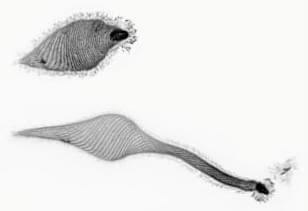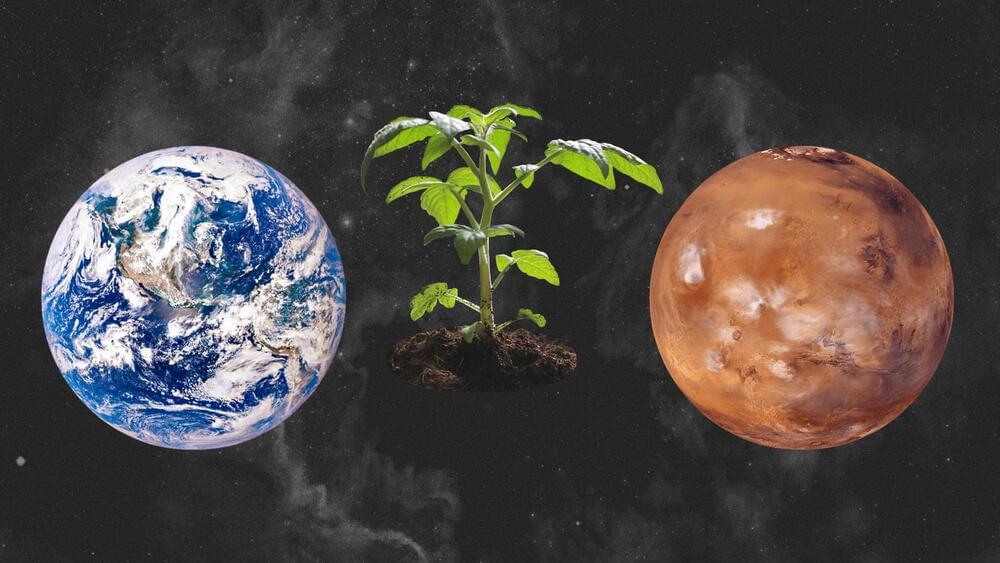SpaceX continued expanding the Starlink constellation’s direct-to-cell capabilities by sending another 13 satellites plus seven others into orbit aboard a Falcon 9 rocket launched early Saturday from Vandenberg Space Force Base.
The 20 new Starlink satellites, including a baker’s dozen with direct-to-cell capabilities, lifted off at 5:58 a.m. Saturday as a stubborn marine layer interfered with those hoping to see it.
After completing its tasks, the first-stage booster, making its 21st flight, landed on the Of Course I Still Love You droneship positioned in the Pacific Ocean hundreds of miles south of the base. Saturday’s mission marked the 301st successful Falcon landing.








